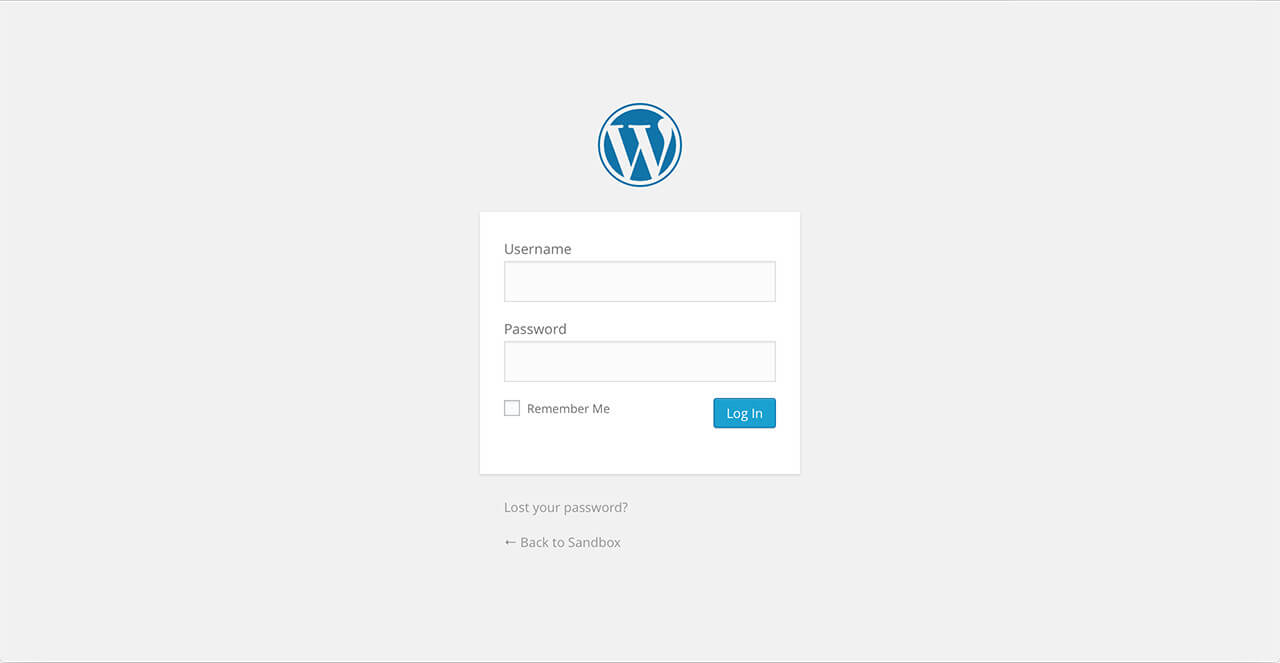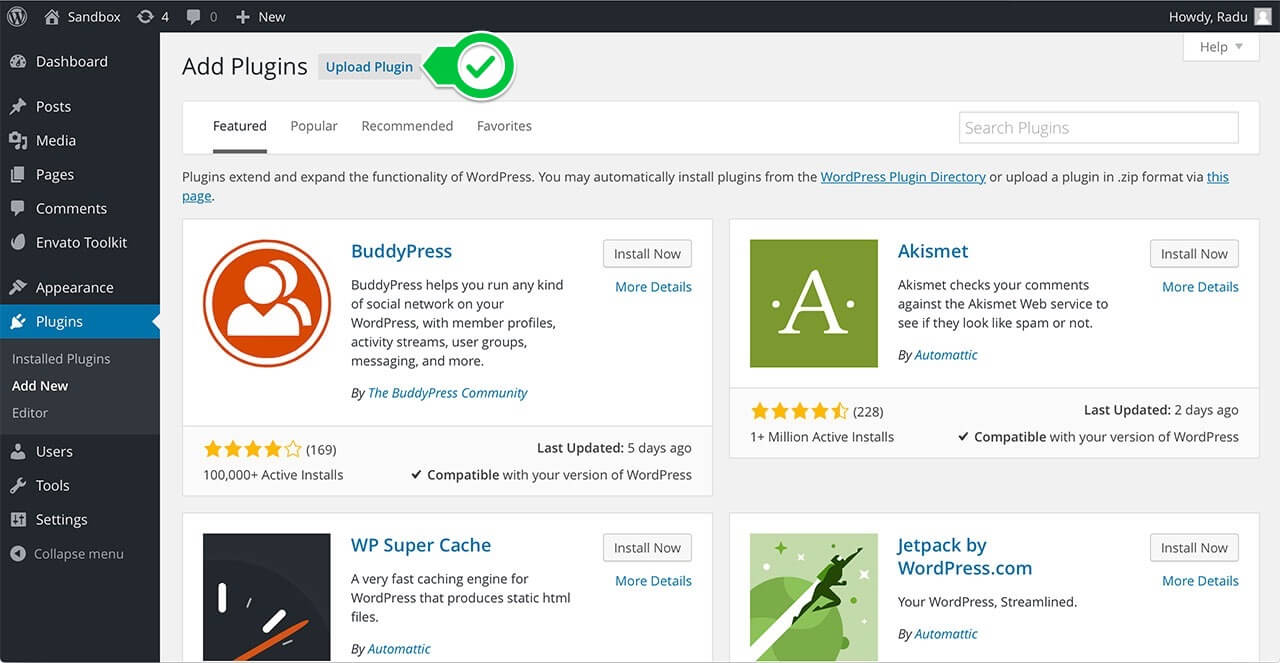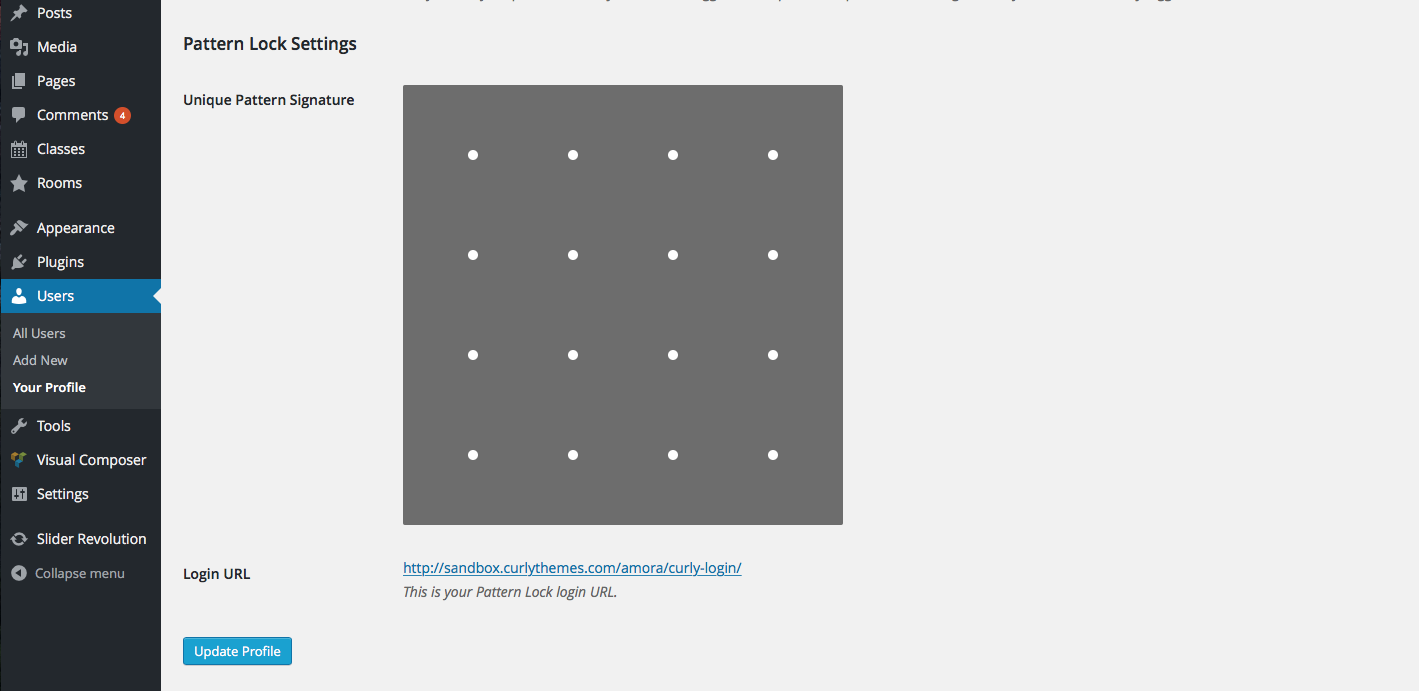Free Support
We provide Free Customer Support for all Curly Themes products through our quick and easy ticket application interface. Please limit your inquiries to problems related to the Pattern Lock WP Login Plugin, its setup and features. For any problems concerning third-party plugins you should address the application’s developer.
Note: We can not offer support for custom CSS code customization. You should ask a professional developer for aid if you require help with advanced customization and programming.
Curly Themes offers a free ticket support application for all clients, through a real-time license code automatic verification. The dedicated app is fast and easy to use and includes an email notification feature. We will let you know as soon as your inquiry has received an answer. Thanks to our modern design, you can also upload images as an attachment to your support ticket.
Before writing a ticket please get your Purchase Code and your License Certificate:
Before opening a new ticket, please make sure you have read through all our documentation. Also, our FAQ section contains helpful answer to questions we often receive from our customers. Following these steps is in the users’ interest, as they will save valuable time. Still, we are always happy to respond to any inquiries you may have related to the Pattern Lock WP Login Plugin.
Installing the Plugin

patternlock-login
Before installing this plugin, you need to have a WordPress platform already installed on your server. You can download it from WordPress.org, if you don’t have it already.
If you do not know how or you have problems with the installation, you can access helpful information at:
Once you have a working WordPress on your server, you have two available ways to install this plugin.
FTP Upload
- Step 1 – Unzip the .zip package file you downloaded from Code Canyon and locate the folder named pattern-lock
- Step 2 – Upload this folder on your server in your WordPress directory to /wp-content/plugins/
WordPress Upload

patternlock-upload
The second way to install the plugin is by logging in from your website’s http://yourwebsite.com/wp-admin/ to the WordPress Dashboard and:
- Step 1 – Go to Appearance > Plugins > Add New > Upload
- Step 2 – From there, you should select the file pattern-lock.zip from your computer
- Step 3 – After clicking the Install Now button, the installation process is finished
- Step 4 – After installing the plugin is recommended to activate it by clicking Activate Plugin
Activating the Pattern Lock WP Login Plugin
After you have completed the install process, in either of the two ways, you need to activate it in case you didn’t already in the WordPress installation method.
Log in to the WordPress Dashboard, go to Plugins >Installed Plugins and select Pattern Lock WP Login Plugin. Click the Activate button and you can start using the plugin.
Quick Plugin Setup
After installing and activating the Pattern Lock WP Login plugin, the options panel, named Pattern Lock, will appear in your dashboard under the Settings tab, on the left sidebar, and also on the top bar:

Pattern Lock Options Panel
You will be able to customize the plugin how you want, using the options panels.
Please note: You can’t use this plugin with Default Permalinks. To be able to use Pattern Lock WP Login, go to Settings > Permalink > Common Settings and choose a different option, NOT Default.
Customization Panel
- Login URL – Use this field to type in your custom URL for the Pattern Lock login page. The default URL is: yourwebsite/pattern-lock
- Disable Default WP Login – You can use this option to disable the default WP login and keep the Pattern Lock login as the only way to access the WP dashboard.
- Login Box Position – You can use this select box to place the Login box position where you want it. Available options are any combination of Top / Middle / Bottom with a Left / Center / Right alignment.
- Logo – Upload your Pattern Lock login screen logo here. This logo will appear above the pattern lock.
- Retina Logo – Upload your Pattern Lock login screen retina logo here. This logo will appear above the pattern lock. The retina logo needs to be exactly double the size of the regular logo.
- Background Image – Upload here your background image for the Pattern Lock login screen. This image will appear behind the pattern lock, so make sure it does not affect the pattern visibility.
- Overlay Color – If you wish to add an overlay color to the background image, you can choose one here.
- Opacity – If you use an overlay color for the background image, you can change the opacity of the overlay color by dragging this bar to the desired value.
Pattern Settings Panel
- Preset Matrix Levels – If you want to use a preset square grid, you can choose one here. Available options are: 3×3, 4×4, 5×5, 7×7, 10×10. Whether you choose a preset grid or define a custom number of columns and rows, please consider your website security. A bigger grid means a safer website.
- Dots Columns – You can design the pattern lock with how many columns you want, between 1 and 20. For security purposes, we advise you to use a grid with at least 3 columns.
- Dots Rows – You can design the pattern lock with how many rows you want, between 1 and 20. For security purposes, we advise you to use a grid with at least 3 rows.
- Dots Margin – If you wish to increase or decrease the space between the dots, you can drag this slider bar to the desired value in pixels.
- Dots Radius – If you wish to increase or decrease the size of the dots, you can drag this slider bar to the desired value in pixels.
- Minimum Dots Required – Each type of grid has a default number of minimum dots required for a valid pattern. You can use this slide bar to increase the number.
- Security Level – The security level bar it’s a indicator of how secure is the pattern grid you are currently using.
Login Attempts Panel
- Enable PHP Sessions – Keep this option active if you want to use PHP sessions, to increase security. Please note, your server has to allow the correct usage of sessions.
- Enable Cookies – Keep this option active if you want to use cookies, to increase security. Please note, users who do not have cookie support will not be able to log in.
For security and usability reasons, we defined 3 stages of failed login lockdown time, plus a total lockdown possibility. The next stage will begin after the lockdown time from the previous stage has expired. To make your website secure, we advise you to increase the lockdown time significantly with each stage.
Stage 1
- Attempts Allowed – Choose how many failed login attempts are permitted, before the lockdown time for that login link will begin. Available options are between 1 and 5 failed login attempts.
- Lockdown Time – Choose how long the lockdown time for Stage 1 should be. Available options are between 1 and 60 minutes.
Stage 2
- Attempts Allowed – Choose how many failed login attempts are permitted, before the lockdown time for that login link will begin. Available options are between 1 and 5 failed login attempts.
- Lockdown Time – Choose how long the lockdown time for Stage 2 should be. Available options are between 1 and 120 minutes.
Stage 3
- Attempts Allowed – Choose how many failed login attempts are permitted, before the lockdown time for that login link will begin. Available options are between 1 and 5 failed login attempts.
- Lockdown Time – Choose how long the lockdown time for Stage 3 should be. Available options are between 1 and 365 days.
Initiate Total Lockdown (Under Attack)
- Max Attempts Allowed – You can set up a Total Lockdown mode by choosing how many failed login attempts during a short period of time should trigger it. Available options are between 10 and 120 failed login attempts.
- Max Time Allowed – Choose the period of time during which the failed login attempts will trigger the Total Lockdown. Available options are between 10 and 60 minutes. Please make sure the max number of attempts and the max time allowed ensure a reasonable security for your site against attacks.
- Lockdown Temporary URL – In case you need to access your Pattern Lock login screen during a Total Lockdown, you can access it through this link. Please save this link for future reference or add it as Favourite in your browser, because, if you disable WP default login, it will be the only way you can access the website during Total Lockdown.
- Mass Email Notification – If you want to be notified through email when your website is under attack, keep this option enabled.
Whitelist & Blacklist
- Whitelist – You can use this field to type in the IP addresses that you want on the Whitelist. Please note that if you use this option, ONLY the IPs on the Whitelist will be able to access the pattern login screen.
- Blacklist – You can use this field to type in the IP addresses that you want on the Blacklist. Please note that if you use this option, any IP will be able to access the pattern login screen, except the IPs on the Blacklist.
System Notifications
- Stage 1/2/3 Attempts Notification – Type in the message that will be displayed after an invalid pattern entry on a Stage 1/2/3 login session. You can use the %d symbol to reference the number of attempts. Example: You have %d attempts left.
- Stage 1/2/3 Lockdown Notification – Type in the message that will be displayed after the last invalid pattern entry before activating the Stage 1/2/3 lockdown. For Stage 1 & 2, you can use the %d symbol to reference the number of minutes. Example: You have been locked out for %d minutes. For Stage 3, you can use the %d symbol to reference the number of days. Example: You have been locked out for %d days.
Lockdown Labels
- Lockdown Title – Type in the title of your lockdown page.
- Second(s) / Minute(s) / Hour(s) / Day(s) / Month(s) (singular/plural form) – If you want to translate the time indicators used in the lockdown notification counter, you can type in here the new labels.
Forgot Password
- Forgot Password Secret Token – To make the Forgot Password function more secure, you can type in a Secret Token, that has to be entered after the username, for the entry to be valid. For example, if your Secret Token is curly@themes, when you access the Forgot Password function, you need to enter as username: username curly@themes.
- Threshold – As a security measure, by default each IP can only request 5 forgot password emails during a 30 minutes period of time. If you want, you can use this slider bar to change the default period of time, with a value between 5 and 180 minutes.
- Form Title – Type in the title for the forgot password box. Default: Reset Your Password.
- Field Label – Type in the label for the username field in the forgot password box. Default: Your Username or E-mail Address.
- Submit Button – Type in the tile for the submit button in the forgot password box. Default: Reset Password.
- Cancel Button – Type in the tile for the cancel button in the forgot password box. Default: Cancel.
- Reset Password Notification – Use this field to type in the message that will be displayed after a reset password request.
- Threshold Notification – Use this field to type in the message that will be displayed after the number of forgot password requests available, during that period of time, have been exhausted.
Access Log (30 days)
This log will display the access attempts to your dashboard, for the past 30 days.
- Login Time – Shows you the date and time of the login attempt.
- User – Shows you which user logged in or tried to log in.
- From IP Address – Shows you the user’s IP address.
- Status – Shows you if the login attempt has been Successful or Denied.
Backup & Reset
- Backup Settings – If you wish to create a backup for your current pattern settings, you can click the Backup Now button and your customization will be saved on the server. You can save as many backups as you need. For each one, you can choose to Restore it as your current settings or Delete it.
- Pattern Lock Defaults – If you wish to restore all settings to their default values, you can click the Reset Options button. You will lose all your settings, therefore it is recommended to make a backup of you current settings, before restoring.
Pattern Setup

Users Patternlock Settings
After setting up the plugin, with the help of the Pattern Lock options panel, you can choose a login pattern for one or several users. Go to Users > All Users to display the users list and select the user you want. In the Profile screen, scroll down to the bottom of the page and you should see the Pattern Lock Settings section. The Login URL option will display your custom URL for the Pattern Lock login page. This can be changed at Settings > Pattern Lock > Customization > Login URL.
You can use the Unique Pattern Signature option to enter the login pattern. Click on the Generate Signature button and it will display the pattern grid, with the number of rows and columns currently selected.

Pattern Setup
If you enter a combination that doesn’t comply with the security measures, you will be notified that your pattern is to weak and it will not be accepted as valid. If you enter a valid combination, you will be notified to enter the same combination again and, after repeating the signature, your pattern will be successfully saved, for that user.